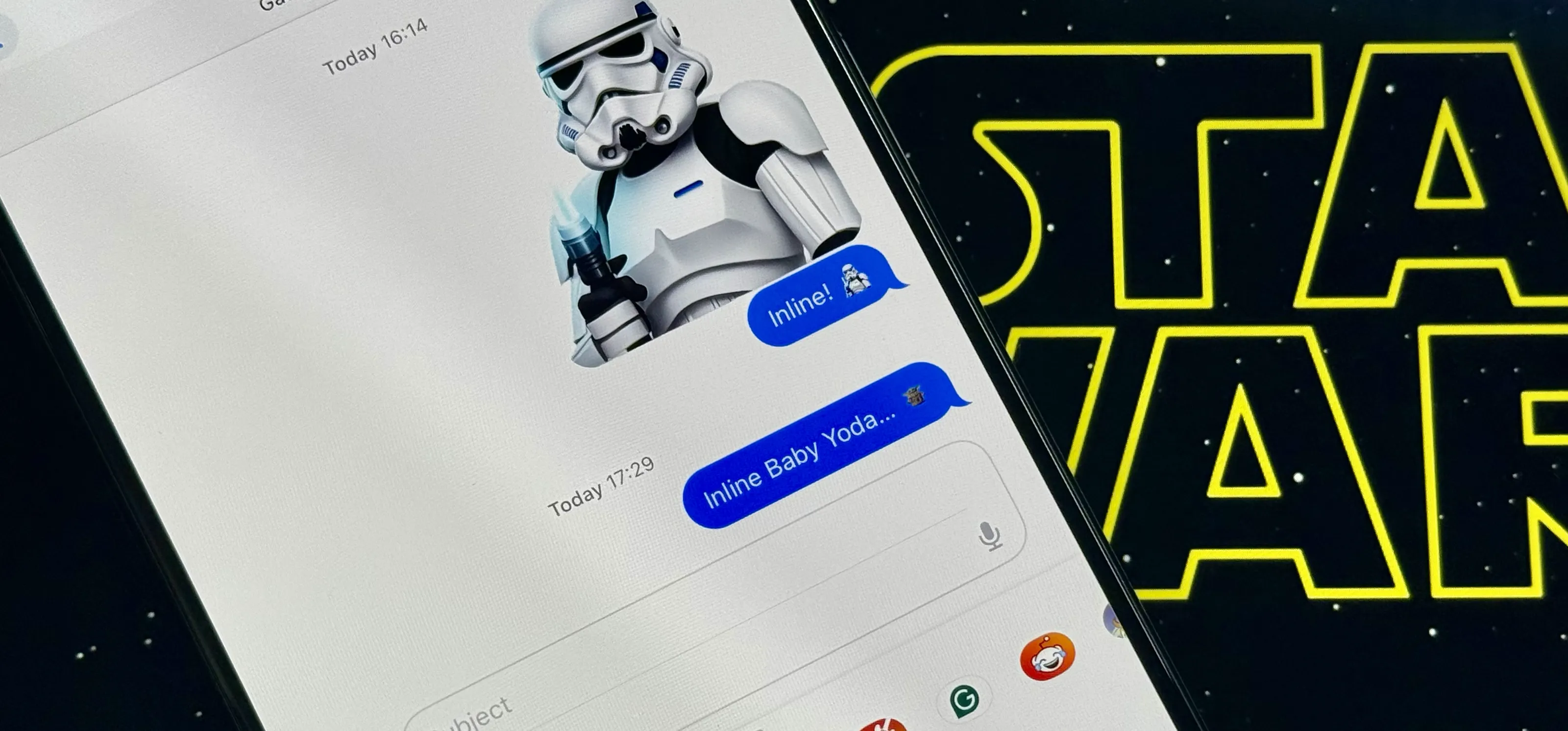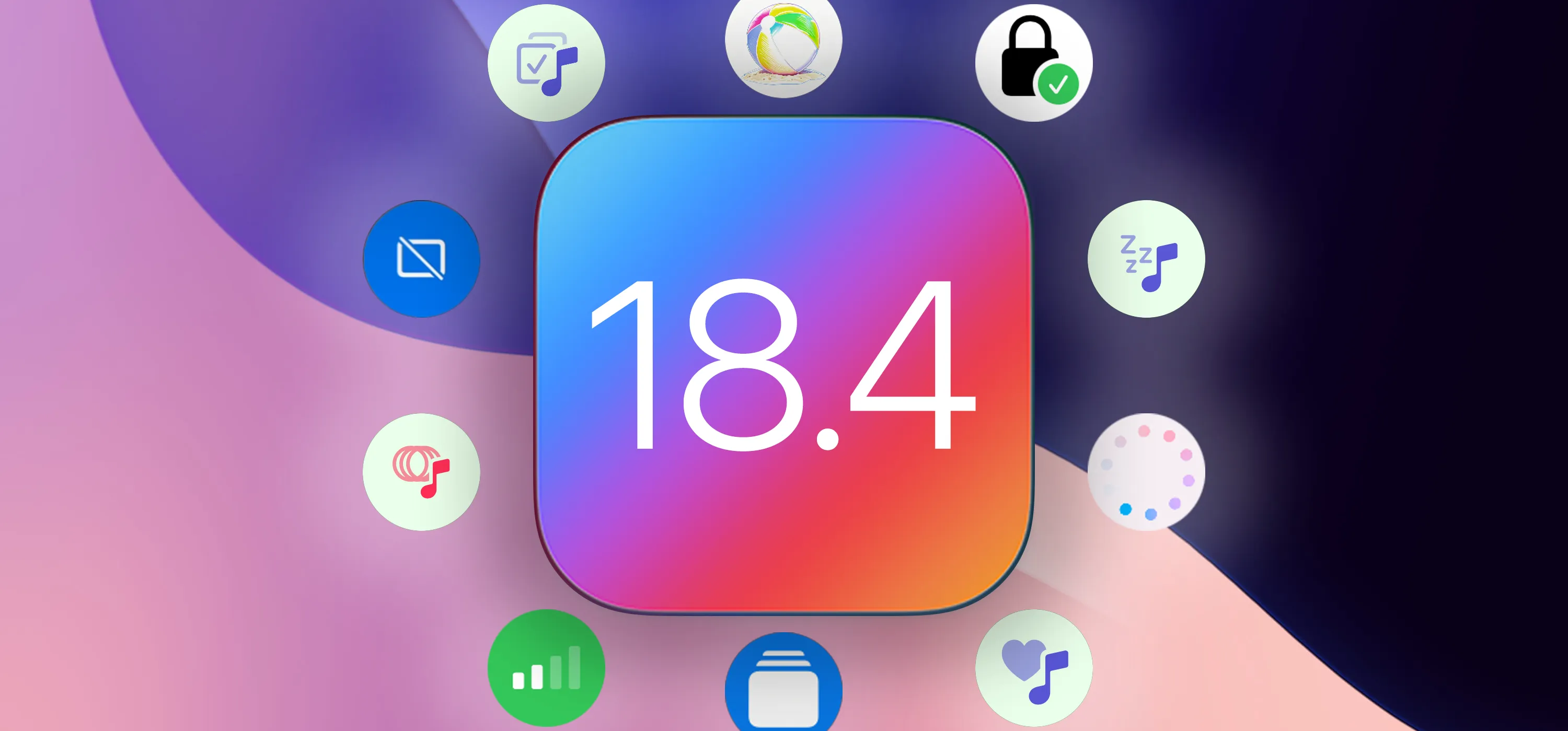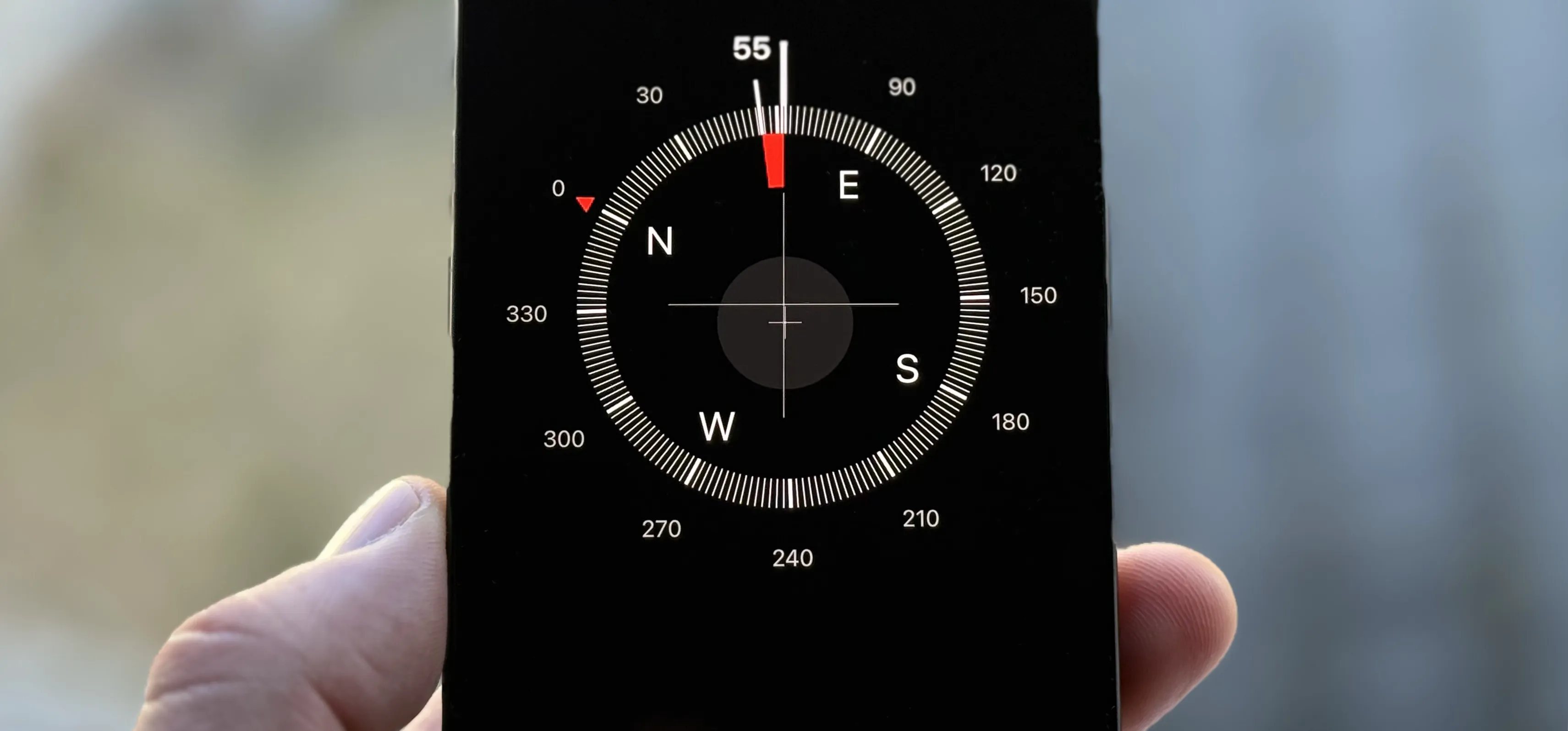Amber, emergency, and public safety alerts on an iPhone are loud — startle-you-to-death loud even. They can happen at any time, day or night, and sometimes back to back when you're in a big city. Those blaring sirens can wake you from sleep, interrupt an important meeting, or disrupt an entire movie theater mid-movie, but you can turn most of them off if you're tired of hearing them.
If you've never seen one of these alarming alerts, they look similar to other notifications you receive on your iPhone, except they're accompanied by a loud sound — even if you have Do Not Disturb turned on. Below are a couple of examples of government alerts in the United States (left) and Canada (right).




Before we jump right into disabling the deafening alarms, it's worth pointing out how useful they can be and why you should only toggle them off temporarily. Yes, they can be so annoying, frustrating, and startling that they can cause panic attacks, angry fits, and even car wrecks, but they are designed to save lives.
Why Should You Consider Keeping These Alerts On?
You could see and hear five main types of government alerts on your iPhone: Amber, emergency, public safety, presidential, and test. All of these alerts and warnings are issued by government agencies and occur in a specific cellular coverage zone in a locally targeted area. They do not use GPS to track you down — they're broadcast over cell towers in the affected locality — so you can get them anywhere you are, whether you live there or not.
Federal, state, local, and tribal government agencies and public safety officials send out these alerts through the Integrated Public Alert and Warning System (IPAWS) to wireless carriers, who then issue the alerts to devices in the targeted area. These alerts are limited to 360 characters on supported devices.
The jolting alerts you see on your iPhone come via the Wireless Emergency Alerts (WEA) system, which is maintained by the Federal Emergency Management Agency (FEMA), Federal Communications Commission (FCC), and National Oceanic and Atmospheric Administration's National Weather Service (NWS), whom also maintains the Emergency Alert System (EAS), the system that disseminates alerts to non-wireless devices such "radio and television broadcasters, cable systems, satellite radio and television providers, and wireline video providers."
- Amber: AMBER is an acronym for "America's Missing Broadcast Emergency Response," which uses EAS to send vital details of very recent child abduction cases. These details could include a name or description of the abducted child, name or description of the abductor, license plate or description of the vehicle that child was last seen in, and more. In some cases, they could include a photo of the abductee, abductor, or car. These alerts are sent out as soon as possible to aid in recovering a missing or kidnapped child. Amber Alerts aren't just for children either — they can be sent out for any person's disappearance. And some lawmakers are trying to also include hit-and-runs in Amber Alerts.
- Emergency: These alerts are for things considered imminent threats. The most frequent ones are for extreme weather conditions and life-threatening natural disasters, such as tornadoes, hurricanes, monsoons, earthquakes, wildfires, volcano eruptions, lightning storms, tsunamis, mudslides, extreme heat, and considerable or catastrophic flash floods. You'll also see these alerts used for human-made disasters, active shooters, and terrorist attacks.
- Public Safety: These less-severe alerts are for threats that are not considered to cause imminent danger or for threats that occur after an imminent threat has happened. Examples include "shelter in place" advisories and "boil water" warnings. States and local governments are even using public safety alerts to issue important coronavirus pandemic messages, such as when high surges of COVID-19 cases happen in a specific area and where you could get tested.
- Presidential: Out of all of the alerts listed, presidential alerts are the only ones you can never turn off and the ones most likely to be sent out on a national level instead of regionally. These alerts are issued by the President of the United States or a designee and are strictly for nationwide emergency events, such as a national terrorist attack or nuclear invasion.
- Test: Government agencies and officials only use these alerts to check the functionality of any of the above types of alerts. These are opt-out, which you'll see below.
All of these alerts are meant to save lives, whether someone else's or your own. Still, there may be occasions when you need to turn them off, and that's totally possible to do on an iPhone.
When Do These Alerts Work on Your iPhone?
As mentioned previously, these alerts will show up as a notification and sound off whenever one is issued, and that includes when you have Do Not Disturb turned on. However, if you have your iPhone on silent mode, you will not hear the earsplitting noise but will still receive the notification. So if all you want to do is keep the sound away, consider using silent mode more often. Otherwise, you can turn the alerts off completely.
Turning Off Amber, Emergency & Public Safety Alerts
To turn off government alerts on your iPhone, go into the Settings app, then into "Notifications." Scroll to the bottom, and you'll see the three types of government alerts — "AMBER Alerts," "Emergency Alerts," and "Public Safety Alerts." All of these are on by default. To toggle one or all of them off, simply tap the switch to the right of each one.




Turning Off Test Emergency Alerts on Your iPhone
If you live in the United States and have a plan with a U.S. carrier or are visiting the U.S. with a U.S.-based SIM card, you're able to receive test emergency alerts. These are similar to the regular government alerts, except that they're tests meant to test the system and prepare you for an actual emergency. Local governments determine the frequency of these alerts, as well as the content.
While these test emergency alerts are disabled by default, you may have enabled them in the past. How, you might ask? To turn on test emergency alerts, you must call the dialer code *5005*25371# from the Phone keypad on your iPhone. Luckily, turning off test emergency alerts is very similar:
*5005*25370#Call that number from your Phone app, and an alert that says "Test alerts disabled" will appear, signaling that the alerts have been turned off.




Cover photo and screenshots by Nelson Aguilar/Gadget Hacks






















Comments
Be the first, drop a comment!